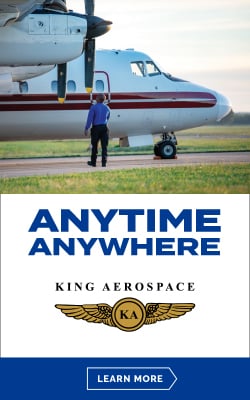
History / By Mark Albertson: If we are successful, the Air Mobile Concept will be a dynamic advance for the Army. If we are not, we will go back to flying Piper Cubs, if we have that much left, and the Army and the country as a whole will lose one of the things that . . . can mean the difference between victory and defeat in future land combat.
COL George P. “Phip” Seneff, Jr.,
11th Aviation Group,
11th Air Assault Division (Test)
* * * * *

The 11th Air Assault Division, 1954 Outstanding Aviation Unit
On August 20, 1962, the Army’s Tactical Mobility Requirements Board, a.k.a., the Howze Board, released its findings on what would come to be known as the Airmobility Concept. These findings were based on computer wargame simulations and actual field exercises; and the vehicle of choice to carry forward the concept… the helicopter. And the living embodiment of the criteria set forth by the Howze Board… the 11th Air Assault Division (Test).
Defense Secretary Robert McNamara authorized an expansion of the Army, from 960,000 to 975,000 for fiscal year 1964; so as to accommodate the building of the air assault formation from scratch. And the 11th Air Assault Division (Test) was activated at Fort Benning, Georgia on February 15, 1963 – BG Harry W.O. Kinnard in command.
In September 1963, Air Assault I exercises, held at Fort Stewart in Georgia, saw the Airmobility Concept put through its paces on the battalion level of operations. The following year, October 1964, Air Assault II was conducted and by comparison, an exercise on a far grander scale.

Air Assault II sprawled across two states, the Carolinas, encompassing some 4,000,000 plus acres. 35,000 troops were committed, with the 11th AAD squaring off against the 82nd Airborne Division; the latter engaged in the role of an enemy conventional force as well as that of an insurgent opposition.
The first of the four weeks slated for the exercise was conducted during a hurricane, Isabel. Flying conditions were abysmal; a swirling vortex of wind, rain and fog, leaving many aviators peering through windscreens as opaque as a bucket of mud. Yet 120 helicopters managed to shuttle an infantry brigade 100 miles through the ire of Mother Nature.
Kinnard’s men would have a chance to showcase their training in Southeast Asia. Up to 1965, Airmobility, for the most part, consisted of Army aviators bussing South Vietnamese troops into action against the Viet Cong. But Hanoi was raising the ante. And with the Gulf of Tonkin incident, it was certain as sunrise that first string American air assault troops would be coming off the bench to spell ARVN’s second eleven.
And so on July 1, 1965, 11th Air Assault Division (Test) was re-flagged as the 1st Cavalry Division (Airmobile). And 27 days later, President Johnson ordered the Airmobile division to Vietnam.
Mark Albertson is the award winning historian for Army Aviation Publications, Inc.





















